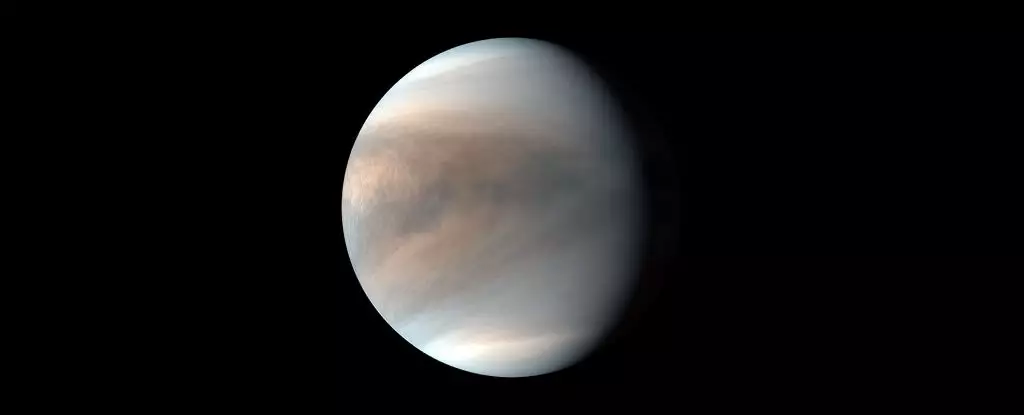Planetary atmospheres are fragile things, constantly losing material to the vacuum of space. Earth, for example, loses approximately 90 tonnes of atmospheric material every day. This gradual leakage provides valuable insights into the composition and evolution of other planets within our solar system.
Ancient Venus
Once believed to be a temperate world similar to Earth, Venus has undergone a dramatic transformation over the eons. What was once a planet potentially habitable with liquid water on its surface is now a scorching inferno, enveloped in thick clouds of carbon dioxide and acidic rain. The recent discovery of carbon and oxygen atoms escaping from Venus sheds light on the processes responsible for its atmospheric evolution.
While Venus remains a relatively understudied planet, current missions like the Akatsuki orbiter and BepiColombo are providing valuable insights into its atmosphere. BepiColombo’s close flybys of Venus have allowed researchers to explore regions of its magnetic environment never before investigated. Through these missions, scientists have detected the escape of heavy ions from Venus, a phenomenon that raises intriguing questions about the planet’s atmospheric dynamics.
The Magnetic Sphere of Venus
Unlike Earth, Venus lacks an internally-generated magnetic field. Instead, its weak magnetosphere is a product of interactions between charged particles in the upper atmosphere and the solar wind. BepiColombo’s observations of oxygen and carbon escaping from this teardrop-shaped magnetosphere provide clues about the escape mechanisms at play. The accelerated ions may be influenced by electrostatic winds or centrifugal forces, but further research is needed to fully understand these processes.
With several upcoming missions planned to study Venus in more detail, scientists are hopeful that many lingering questions will soon be answered. These missions aim to investigate the mechanism behind carbon escape, the volcanic activity on Venus, and the tantalizing possibility of life within its clouds. Understanding Venus’s evolution from a planet similar to Earth to its current inhospitable state remains a key objective for future research efforts.
Unraveling the mysteries of Venus is a complex and ongoing endeavor that requires interdisciplinary collaboration and advanced spacecraft exploration. By studying the escape of elements from its atmosphere, researchers hope to piece together the puzzle of its transformation over billions of years. Venus serves as a stark reminder of the delicate balance that exists within planetary atmospheres and the profound impacts of external forces on their evolution.


Leave a Reply